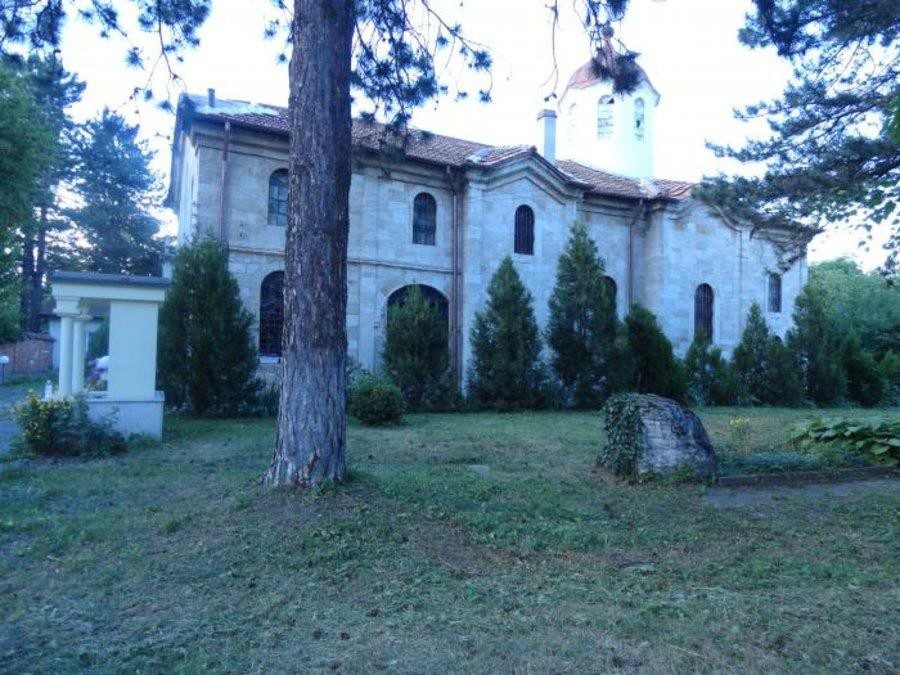

Sofronievo (until 1934 – Sarbenitsa) is a village from the north – west of Bulgaria, situated at the eastern end on the most fertile part from the plain of the Danube – gold, starting from the proximity of the village Vălcedrăm and including the fields between the rivers and Tsibritsa Augusta. The area of the village has a rich history. According to the researcher Bogdan Nikolov according to the local archeological diggings, the first inhabitants of the territory of the current village arrived approximately 10.000 years ago b. Chr.
The medieval church “Saint Nicholas” is situated in the northern part of the village and it is registered as cultural monument of national importance.
The construction of the temple started during the second Bulgarian Kingdom (XII – XIV centuries). There are visible proofs from the second construction period. The church is the only one of such a type (nave) from the north – west of Bulgaria, which keeps in totality until present. Surrounding it there were discovered the foundations of the first school from the village.
The church is a building with apses and nave, without a narthex. The dimensions (without the apses): length – 4, 50 m; width – 3, 90 m in front of the apses has a brick altar on the southern wall has two windows and the entrance on the western wall has the dimensions 1, 70 x 1m. The church is built from chopped stone cemented with white plaster.
At the northern and at the western part of the construction there are visible the foundations of an older building – walls with a width of 0, 66 meters. Maybe the apse of the current church belongs to an older building, a church which later on was used in the molding of the current construction. The paving, which today is quite dug by the treasure hunters, is paved with bricks.
The entire interior of the church has been painted. Currently, from the mural paintings remained a fragment from “The shirshaya of the sky” in the apse and the minor parts of the arch with “Christ Pantocrator”. The painting is executed in blue, green, brown and white. According to the studies, the wall paintings are dated back to the XVIIIth – the XIXth century.
The immobile is stable structural, the stone arch is deficient in the longitude direction, but because of a steel guard, it was conserved. The principal damage of the church is caused by the rain water infiltration in the roof of the arch. Throughout the years with raises humidity there were destroyed the mural paintings from plaster.
The temple had a beautiful sculpted iconostasis with valuable icons, among which some of them survive today, but most of them are stolen.
The old church from the west and the courtyard surrounding it, following some stratigraphic drillings show the fact that the smallest layers contain materials from the funerals of the Thracian era.
The church’s courtyard is interspersed with stone crosses, similar and equal with the ones of the necropolis from 50 – 100 m south from the church. Probably the temple was a cemetery.
There are recorded approximately 450 memorial signs, and they astonish by an original plastic decoration. According to the method through which they are made and the information from them, the crosses are dated on a large scale – from the XVIth century to the XIXth century.
